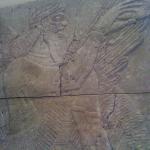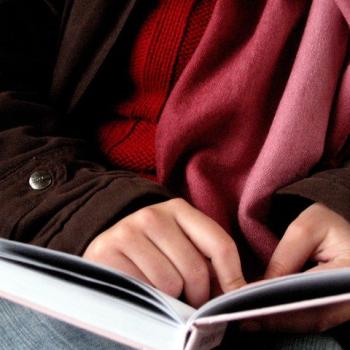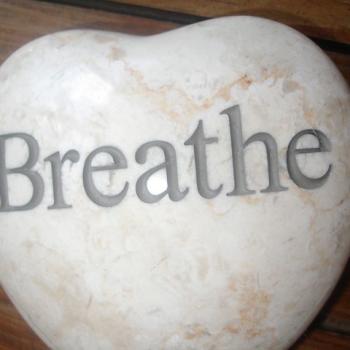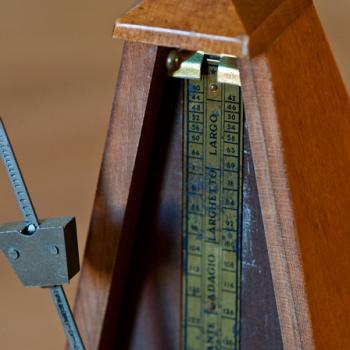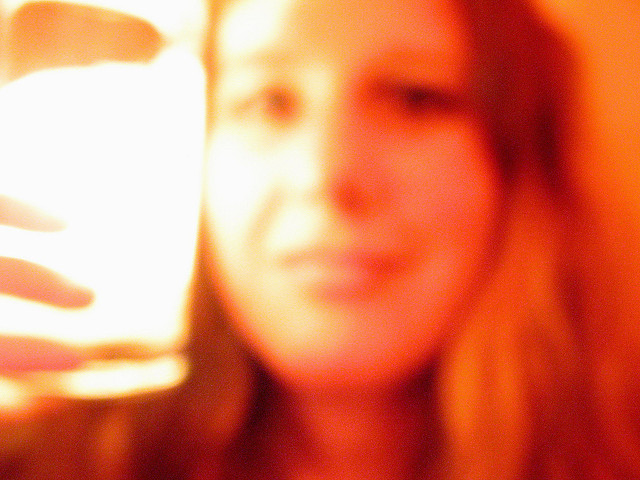
Seeing Ourselves Clearly
The greatest, longest, most challenging struggle of our lives is becoming who we are.
Every thought, every experience gives us clues which can help us discover our deeper selves. Each memory, each fear, each moment of joy is a key which can open another door. It is as if we have hidden who we are before we were aware. We spend our lives struggling with seeing ourselves clearly.
Some of us struggle nearly every moment of our lives. Who we are, who we are becoming eludes us. We feel we are fighting against ourselves to glimpse the smallest aspects of who we are and who we can be.
Many of us work hard trying to become someone else. We may decide who we are supposed to be, and commit all our strength to becoming that. It may take us immense effort and pain even to imagine being ourselves.
We may spend years patiently chipping away the facade separating us from ourselves. There may be moments of blinding clarity, revelation, awakening when we start seeing ourselves clearly.
Slowly we begin to realize exploring and discovering our true selves is only the beginning. Seeing ourselves clearly, becoming acquainted, is only a first step.
No matter how daunting it is to start to know who we are, the real challenge is being ourselves. It takes real work to bring our true potential to life. As we become familiar with our own truths we begin to share ourselves with people around us.
Our journey inward reveals to us who we are in the center of our lives. We solve the puzzles we have created to hide and protect who we are, allowing us to begin seeing ourselves clearly. As we retrace our steps we bring our true selves out into the world.
Are We Seeing Ourselves Clearly?
Our first step toward becoming who we really are is seeing ourselves clearly.
How can we have an honest relationship with our true selves if we are not seeing ourselves clearly?
Seeing ourselves clearly requires us to take a good, long, hard, look at ourselves. It is not about seeing ourselves the ways others see us or the way we have become accustomed to looking at ourselves.
We need to spend some time looking and seeing who we are.
For many of us, seeing ourselves clearly begins with a painful or traumatic experience. We have grown comfortable and used to seeing ourselves in certain ways. Pain pushes us past them.
Our efforts at seeing ourselves clearly, moving past our misperceptions, can be challenging work. We assume we are who we have become comfortable seeing ourselves to be. Our view of ourselves may be distorted by the expectations of others, by our own fear or regret. We may see ourselves as weak or not particularly bright, as failing or as lazy.
Many of us have never given ourselves the benefit of the doubt.
We have absorbed what other people tell us and translated it into how we see ourselves.
Seeing ourselves clearly is about freeing ourselves from opinions and judgements, our own and other people’s. It is easy for us to focus on what we see as flaws or mistakes and ignore powerful strengths. Some of us even recognize strengths and view them as weaknesses.
We are not seeing ourselves clearly. It is as if we are taking selfies which are distorted and inaccurate.
Distractions and distortions, bombarding us and within us, are challenges to seeing ourselves clearly.
How Can We Begin Seeing Ourselves Clearly?
The ways we see ourselves can be shaped by many different things. We might be affected by the way we look physically or how we feel emotionally. There can be psychological aspects of seeing ourselves clearly as well as spiritual aspects.
When we want to see an object clearly, we examine it. We may weigh or measure it and look at it from as many angles as we can. Our first step toward seeing something clearly is often gathering as many impressions of it as possible. As we get to know it we begin to see it more clearly.
Seeing ourselves clearly is similarly about getting to know ourselves well.
Weighing and measuring, we build a more intimate relationship with ourselves. We make friends with ourselves.
One of the ways we develop friendships with other people is by not assuming the worst about them. As we work to build friendships with ourselves it helps when we do not have a critical, judgmental attitude.
We also practice listening as we become friends with other people. Our questions and listening may begin focusing on gaining information, but go deeper as our friendship grows.
For many of us, listening to ourselves is something we have only rarely, if ever, experienced. Our days are filled with being too busy to really listen to anyone, including ourselves. We may need to spend a little time somewhere quiet to practice listening to ourselves.
Talking with another person can also give us significant insights into how it feels when someone listens.
Focusing on Seeing Ourselves Clearly
Most of us feel inadequately prepared to see ourselves clearly.
We may assume it is too selfish of us to spend the time and effort seeing ourselves clearly requires. Many of us are afraid of what we might see or the work we would need to do.
There is no quick, easy way for us to begin seeing ourselves clearly. It is often an everyday effort, a struggle in which we engage over a lifetime.
It may be a difficult realization or awakening which sparks us toward seeing ourselves clearly. We catch a glimpse of ourselves out of the corner of our eye and want to see more.
Many of us may not be convinced seeing ourselves clearly is even really possible.
It is our first step toward becoming our true selves.
How can we begin seeing ourselves clearly today?
When will we spend time on seeing ourselves clearly this week?
[Image by shannonkringen]
Greg Richardson is a spiritual life mentor and leadership coach in Southern California. He is a recovering attorney and university professor, and a lay Oblate with New Camaldoli Hermitage near Big Sur, California. Greg’s website is StrategicMonk.com, and his email address is [email protected].

